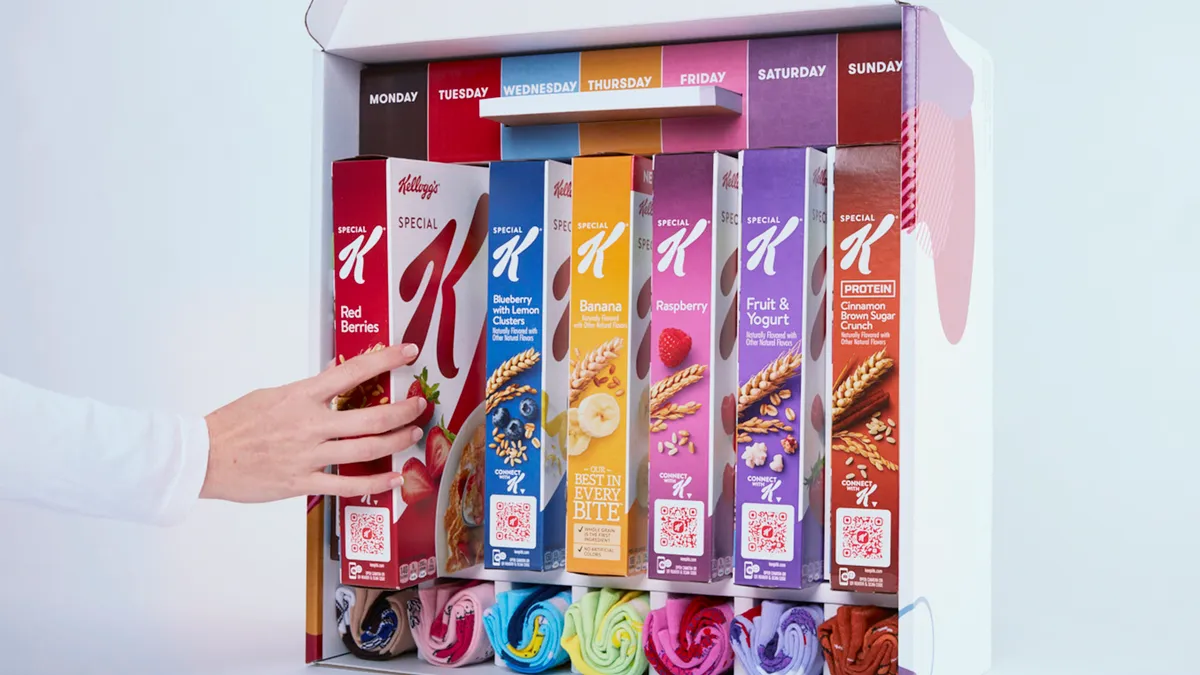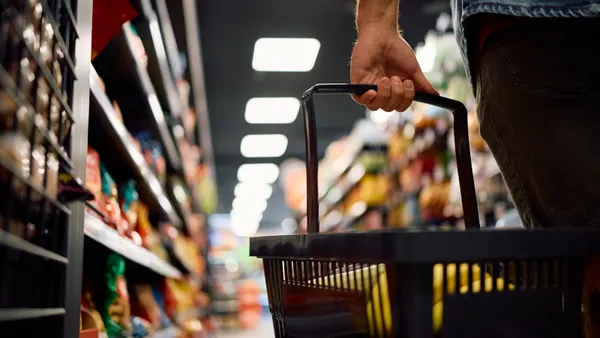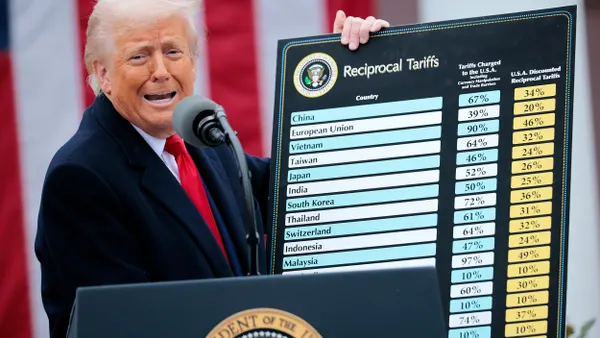Dive Brief:
- Kellogg will keep its marketing spending steady this year as the packaged food company's sales remain stable, management said in a quarterly earnings call. Organic sales rose 2.5% from a year earlier to $3.3 billion in the fourth quarter, marking a slowdown from the 4.5% and 9.2% gains in third and second quarters, respectively, per its earnings reports.
- The company's "pretty flattish" spending on advertising and marketing comes after it shifted its media budgets to the second half of 2020 from the first half because of the pandemic, CEO Steve Cahillane said in a conference call with analysts. Kellogg forecast that organic sales, which don't include acquisitions, divestitures or currency moves, will slip about 1% this year — a sign that consumer demand for packaged foods won't reverse to pre-pandemic levels.
- Cahillane said e-commerce sales showed "triple-digit growth" last year as the broader industry saw accelerated gains. Kellogg's sales lift also included more than 3% organic net sales growth for snacks, 7% gains for cereal and 8% growth in frozen foods, partly offset by declines in away-from-home settings like restaurants.
Dive Insight:
Kellogg will keep its advertising and marketing spending steady in 2021, in line with its forecast for a slight dip in sales. While organic sales growth is steadily slowing as the panic-buying that characterized the early months of the health crisis fades, retail sales are set to remain elevated. Consumer spending habits are likely to swing back to pre-pandemic levels as many people continue to eat meals at home and avoid dining out, the company's forecast suggests.
"We've talked about brand building, being exactly where we think it needs to be overall, and we like where we are," Cahillane said in response to an analyst question about the company's ad spend. "We know we don't need a big resurgence, we like where we are in terms of investing in our brands."
The company plans to maintain its advertising and promotional (A&P) spend to communicate with new and lapsed households to deliver "consistent, dependable balanced growth," he said.
"Rather than giving up on A&P we couldn't execute in the first half, we shifted that budget and investment to the second half, focusing on advertising to these new and lapsed users," he said. "And we've leveraged advanced data and analytics to target those households and occasions. This gives us our best opportunity to retain an expanded consumer base."
The company's operating profit margin improved, though the quarterly performance varied with its spending on advertising and marketing, including the postponement of consumer promotions from the first half of 2020, Cahillane said.
"We decided to put that default spending to work in the second half, primarily in advertising, aimed at building brand equity and retaining household penetration," he said. "The result was double-digit increases year-on-year in A&P during quarter three and quarter four as increased advertising more than offset decreased consumer promotions. For total A&P, we finished 2020 right on our budget with a mid-single-digit increase year-on-year."
Kellogg's promotional activity in the second half included the first update to its Mr. Pringles mascot in 20 years. Pringles hosted a sweepstakes that asked Twitter followers to share their favorite flavor of the stackable chips, and also aired a commercial at the Super Bowl that featured the refreshed assets.
The company's Cheez-It brand of crackers in December launched a campaign aimed at homebound college football fans watching the Cheez-It Bowl, giving them a chance to create an avatar that virtually appeared at the game. With many consumers stuck at home, Kellogg's cereal brand Frosted Mini-Wheats in October gave families a chance to win a board game inspired by the morning rush. Before that, the company offered a chance to win the "Special K Blursday Go-Away Kit," that featured a different cereal flavor for each day of the week.












